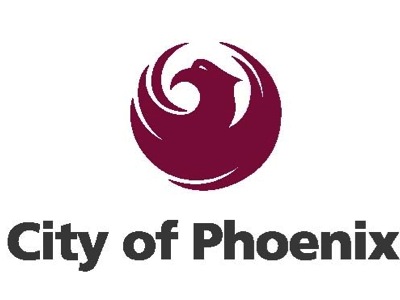Mayor Stanton and the Phoenix City Council Take Next Steps to Advance ‘Arizona Biomedical Corridor’
- Authorize $180 Million in Revenue Bonds to Finance Mayo Clinic’s Cutting-Edge Cancer Therapy Center
- Renew Agreement with ASU, Mayo Clinic to Develop Corridor
- State Land Dept. Will Auction Corridor Land by Year’s End
PHOENIX – Mayor Greg Stanton and the City Council today approved the Phoenix Industrial Development Authority to issue up to $180 million in revenue bonds to finance Mayo Clinic’s new proton beam radiation therapy center.
The Council also approved a two-year extension of its agreement with ASU and Mayo Clinic to continue collaborative planning efforts to develop the Arizona Biomedical Corridor in northeast Phoenix.
The Mayo Clinic Cancer Center, the corridor’s anchor, will be the only center in the Southwest to provide proton beam radiation, a technology that precisely delivers radiation to a tumor while protecting surrounding healthy tissue and organs. The 165,000-square-foot underground facility will help Mayo medical teams treat about 2,000 patients, including children, each year beginning in spring 2016.
“Mayo Clinic’s newly consolidated cancer center is exciting for our community because it helps to deliver top-notch care to our residents and contributes to the innovation-based economy we need,” said Stanton.
“I am thrilled we are taking the next step in our partnership with ASU and Mayo Clinic on the Biomedical Corridor in District 2,” said Vice Mayor Jim Waring. “This project will be a great economic driver for the city and the state, and only enhance Phoenix’s image as an international destination for medical care.”
“Arizona cancer patients will no longer have to travel far to receive proton beam therapy,” said Wyatt Decker, M.D., chief executive officer of Mayo Clinic in Arizona. “Proton beam therapy, with fewer side effects and greater precision, is particularly beneficial for children and younger patients. We’re pleased to be offering this important treatment soon in the fight against cancer, right here in our community.”
Stanton also announced that the Arizona State Land Department has accepted the application by KUD International, a private developer, to play a key role in developing biomedical and advanced technology research on the site. As a result, the department plans to auction 225 acres of land within the proposed corridor by the end of this year.
Further background on Mayo Clinic’s proton beam therapy
Mayo Clinic’s proton beam therapy program is projected to employ 130 staff members including 10 physicians and 12 Ph.D. physicists now through 2016. Approximately 120 construction workers per day are currently assigned to the project, with the number expected to increase this summer.
Proton beam therapy allows for the delivery of higher doses of radiation to malignant and benign tumors while simultaneously minimizing the dose and damage to surrounding healthy tissue and organs. It has been shown to be beneficial in the treatment of many kinds of tumors, especially those adjacent to critical and sensitive organs, such as the brain, eye and spinal cord.
Mayo’s proton beam program further expands the Cancer Center’s collaborative approach to patient care. A second proton beam therapy program is under development in Rochester, Minn. Mayo Clinic Cancer Center is a National Cancer Institute-designated comprehensive cancer center with locations in Phoenix/Scottsdale, Ariz.; Rochester, Minn., and Jacksonville, Fla.
CONTACTS:
Seth Scott, Office of the Mayor sethiscott@phoenix.gov Julie Janovsky-Mason, Mayo Clinic Janovsky-Mason.Julie@mayo.edu > , (480) 301-6173 Lydia Lee, Phoenix IDA llee@phoenixida.com , (602) 534-9655
